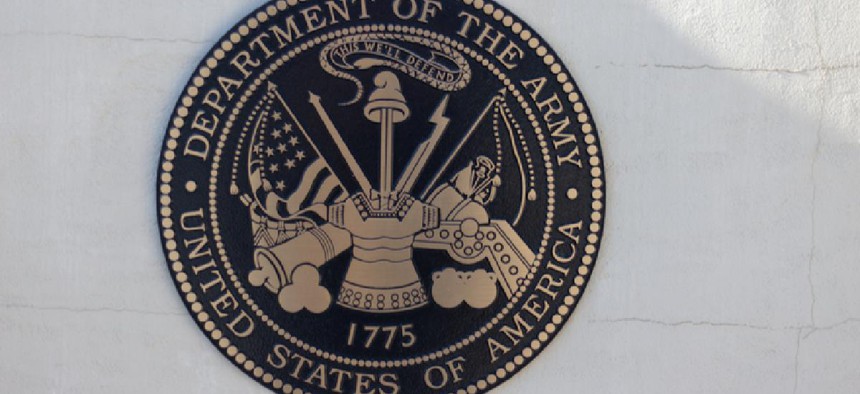Army re-orgs tech directorate

The Army has a new strategic operations directorate under the department's management office, an organization said to be a "precursor" to the upcoming CIO reorganization.

The Army has replaced its cyber directorate with one that's more expanded, covering everything from cyber and electronic warfare to enterprise IT networks and tactical communications.
Under its G3/5/7 operations and planning directorate, the Department of the Army's Management Office-Strategic Operations (DAMO-SO) has been around for several months and is holding itself as foundational for the Army's more expansive technical priorities: cyber, artificial intelligence, data, enterprise IT, electronic warfare, electromagnetic spectrum, and space.
Brig. Gen. Martin Klein, who leads the new directorate, called the new office a "precursor" to the Army's G6/chief information office.
"As we approach the change that's occurring within the CIO and the G6, we are in a manner of speaking the precursor to that change specifically as we look at cyberspace operations," Klein told reporters July 21.
"Really the G6 is focused on the networks and the capabilities within the networks, specifically at the enterprise level, and we're looking at operationalizing that at the tactical level to actually conduct operations," teaming with Army Cyber Command and U.S Cyber Command.
The new office serves as an integrator for joint efforts and is also the lead entity for Joint All Domain Command and Control (JADC2). The strategic operations directorate also focuses on enabling spectrum, information dominance and cyber operations at the policy level by providing capabilities and synchronizing doctrine, Klein said. The directorate also works with the G6, which will soon be its own role, the CIO, and the Army chief data officer.
Klein said that while the CIO/G6 typically focuses on the enterprise network and cybersecurity operations, the new directorate is looking to "coordinate across the Army staff these very important warfighting transformation initiatives" while working with the G6.
And despite some overlap Klein said the hope is for the directorate to be a mainstay and serve as the "connective tissue" the Army needs to bind its tech needs and "horizontally integrate" across the service.
"A lot of who we are today has been influenced by some of the decisions that have been shaped with the CIO/G6 transformation," Klein said. "We're working to kind of build that end-to-end process so that our units can provide that mission command that's going to be necessary at the tactical edge," he said.
The directorate also aims to unify data practices and architectures across the force. Klein said data, and by extension cloud infrastructure and provider-agnostic software, were key to connecting the Army's systems.
"We have found that by really getting off of data centers, putting our data into the cloud, really allows us to expose our data to different entities to do the experimentation," which makes it more useful for the warfighter, Klein said. "We're finding new ways of being able to connect data, to integrate systems through these very important processes."






